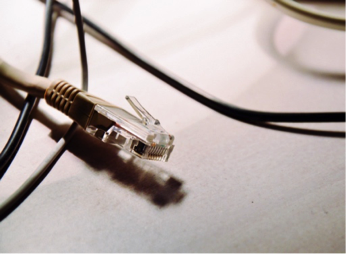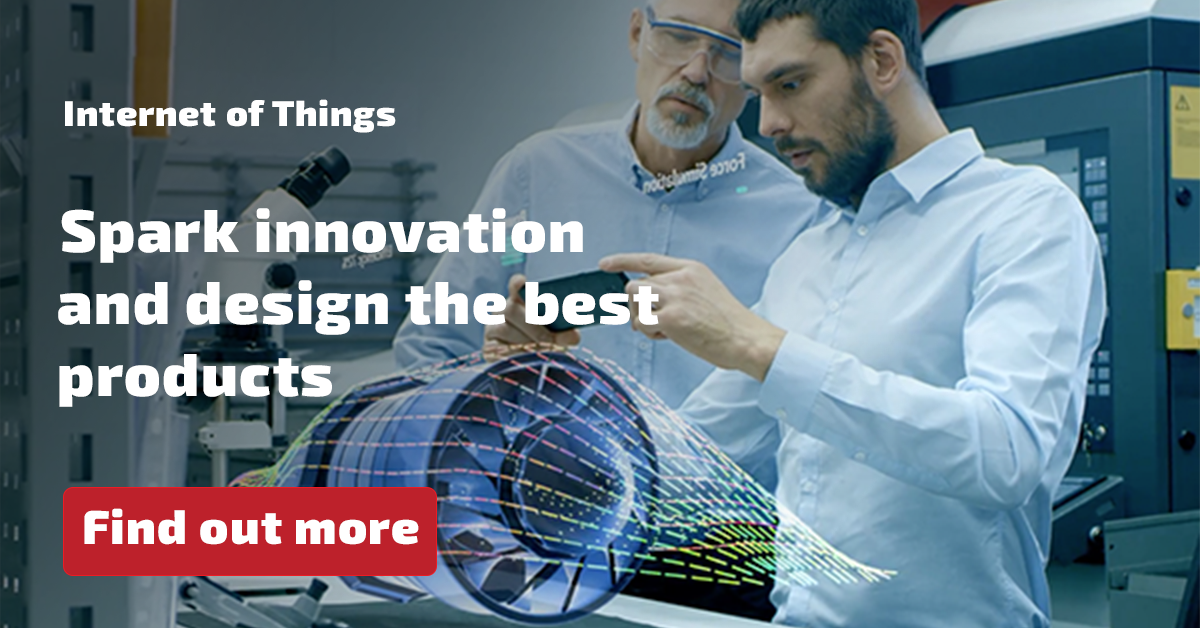 The powerful data available to businesses, together with new capabilities of smart, connected products, is transforming how businesses function on a day to day basis. Product development is playing a key part in the manufacturing value chain. As it spreads, functional boundaries are shifting and restructuring, as new functions are being created.
The powerful data available to businesses, together with new capabilities of smart, connected products, is transforming how businesses function on a day to day basis. Product development is playing a key part in the manufacturing value chain. As it spreads, functional boundaries are shifting and restructuring, as new functions are being created.
There are 7 main functions which have been affected by the emerging IoT within the manufacturing industry. We couldn’t possibly cover all seven topics in one go, so our focus will stay with product development and how it has required a fundamental rethink about the ways we design.
At the most basic level, product development shifts from large, mechanical engineering to intricate systems within the entire engineering process. Products have become much more that contain software and may have as much, or more, software in the cloud. That’s why design teams are shifting from being known as mechanical engineers to software engineers. Smart, connected products also call for product design to move away from the following traditions:
1. Low-cost variability
The software in smart, connected products makes variability far cheaper. For example, John Deere used to manufacture multiple versions of engines, each providing a different level of horsepower. It can now alter the horsepower of a standard physical engine using software alone. We are no longer meeting customer needs through hardware, but through software and it has become a critical new design discipline.
2. Evergreen design
Smart, connected products can be continually upgraded via software- even remotely – and these products can be fine-tuned to meet new customer requirements or solve performance issues. The performance of ABB Robotics’ industrial machines, for example, can be remotely monitored and adjusted by end users during operation.
3. Augmented reality and new user interfaces
The digital user interface of a smart, connected product can be put into a tablet or smartphone application, enabling remote operation and even eliminating the need for controls in the product itself. These interfaces are less costly to implement and easier to modify than physical controls, enabling greater mobility for the operator.
Additionally, a powerful digital interface, known as “augmented reality”, is becoming a critical step in creating new designs. Through a smartphone or tablet pointed at the product, or through smart glasses, augmented reality applications tap into the product cloud and generate a digital overlay of the product. This overlay contains monitoring, operating, and service information that makes supporting or servicing the product more efficient.
4. Ongoing quality management and connected servicing
Testing that tries to replicate the conditions in which customers will use products has long been part of product development. The aim is to ensure that new offerings will live up to their specifications and minimize replacements, repairs or warranty claims. Smart, connected products however, takes quality management a step further. It enables continuous monitoring of real-world performance data, allowing businesses to identify and address design problems that perhaps testing failed to highlight.
5. Supports new business models
Smart, connected products allows organisations to switch from transactional selling to product-as-a-service models. For instance, when Xerox evolved from selling copiers to charging “by the document”, it added sensors on the feeder output tray and toner cartridge to enable accurate billing. Plus, it helped push the sale of consumables, like paper and toner.
However, the implications of product design meant a shift in it’s business model. When a product is delivered as a service, the responsibility for the associated costs, suchas maintenance, remain with the manufacturer. This can alter several design parameters. So smart, connected products has changed the way businesses choose to operate their products.
6. System interoperability
Last but by no means least, the world of IoT has made products become an integral part of a broader system, where the opportunities for design optimization multiply. Through co-design, businesses can develop and enhance hardware and software across a family of products at the same time.
So there you have it – six key areas which are drastically changing due to the emerging world of IoT. Product development continues to play a pivotal role in the manufacturing industry and its value chain. As product development becomes ever more critical in how manufacturing organisations work, our focus shifts from large mechanical operations to intricate systems within the engineering process.
